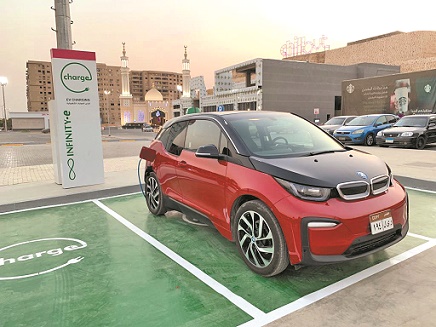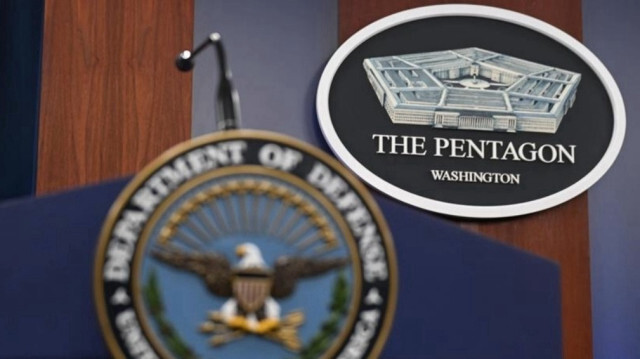Fatal Crash at White House: A Security Investigation
In a series of concerning incidents, a driver has died after crashing at high speed into a White House barrier.
Published May 06, 2024 - 00:05am

Image recovered from thehansindia.com
A vehicle travelling at high speed collided with a gate at the White House, leaving the driver dead, the US Secret Service confirmed. On May 4th shortly before 10:30 p.m. (1430 GMT), this fatal incident triggered immediate implementation of security protocols with investigations initiated by the Secret Service and local police.
Across multiple reports including announcements from U.S. based and international news agencies, these events have raised significant interest due to the notable security implications for such a high-profile location, despite the assurance that there was no immediate threat to the White House or public safety. It has been noted that this is not an isolated occurrence, with another vehicle ramming incident having taken place in January and the resulting enhancement of the White House perimeter in 2020 with a more substantial metallic fence.
While the Secret Service and other law enforcement agencies, such as the District of Columbia's police and fire departments, continue to investigate the circumstances leading to the incident, the pattern of security breaches at the White House is drawing attention to perimeter security measures and the potential for future intrusion attempts.
The White House, an emblem of the United States government, stands not only as the home of the U.S. President but as a symbol of national stability. The recent intrusion by a speeding vehicle, which has resulted in a fatal outcome for the driver, is a sobering reminder of the vulnerabilities that exist even in one of the most heavily guarded locations in the world. The Secret Service has emphasized that the President and the First Family were not in danger during this incident, and that the protocols for such events were followed precisely as practiced.
Nevertheless, this incident brings into sharp focus the debate over the balance between open, public access to iconic landmarks and the need for stringent security measures. The reinforcement of the White House perimeter with a taller, stronger fence following previous breaches is a visual testament to the government's response to these concerns. However, experts in security and counterterrorism are now calling for a broader review of the security posture at high-risk sites.
The rapid response of the Secret Service and local agencies to the event demonstrates the high level of readiness to react to unexpected threats. As the presidential motorcade and other White House operations carry on, the stringent access protocols for employees and visitors alike underscore the gravity with which these matters are taken.
The scrutiny of the Secret Service's ability to safeguard the White House has grown in the wake of such security breaches, prompting discussions around the perimeter defenses including physical barriers, surveillance technology, and personnel deployment. The bipartisan support for enhanced security measures is indicative of the collective understanding of the potential for national security threats to manifest even in the form of a seemingly isolated incident.
As the agencies delve into the investigation, they seek to understand the motive behind the crash. Initial inquiries suggest that the driver may have been operating the vehicle under distress, confusion, or a medical condition that led to the loss of control of the vehicle. There is also the possibility that mechanical failure could have played a role, which underscores the complexities faced by Secret Service agents as they make split-second decisions in the face of potential threats.
Critically, this event also raises questions about mental health and societal pressures, adding layers to the conversation around security. Congressional leaders have called for further discussions on how law enforcement and security agencies can better predict and prevent such incidents, with mental health support mechanisms being an integral piece of this puzzle.
In the meantime, additional measures such as road closures and the increased presence of law enforcement have been temporarily implemented as a precautionary measure. Historical records suggest that instances of individuals targeting major national landmarks are not new; however, the nature of the threats have evolved with advancements in technology and the availability of high-powered vehicles.
The Secret Service, alongside its federal, state, and local partners, is expected to provide recommendations on further securing the White House complex in response to this and similar events. The ongoing investigations are aimed at not only providing clarity on this particular incident but also at strengthening the preventive measures against future security threats.
With global tensions on the rise and the increasing occurrence of domestic incidents, the necessity for adaptive and robust security strategies at high-profile government sites cannot be overstated. The ultimate goal for the service in charge of protecting the President is to prevent these incidents altogether, a challenge that continually evolves with the landscape of physical and cyber threats. While the aftermath of the crash is dealt with through the proper channels, the public is left with a stark reminder of the times we live in and the constant vigilance required to maintain the safety of our nation's most iconic structures.







